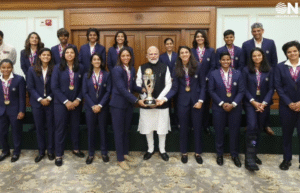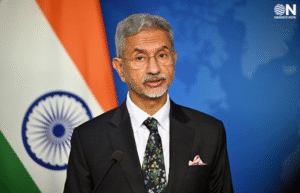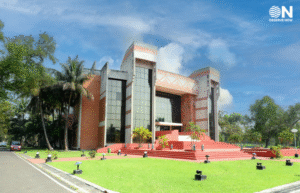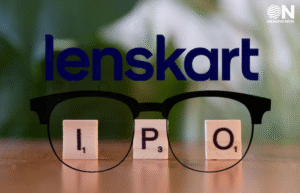DoT and MHA strike down on SMS scammers
The Department of Telecommunications (DoT), in collaboration with the Ministry of Home Affairs (MHA), has taken decisive action to protect citizens from potential SMS fraud through the Sanchar Saathi initiative.
The Indian Cyber Crime Coordination Centre (I4C) under MHA provided information about the misuse of eight SMS Headers for sending fraudulent communications related to cyber-crime. The DoT found that over 10,000 fraudulent messages were sent using these headers in the past three months.
Consequently, the Principal Entities owning these headers, along with 73 SMS Headers and 1,522 SMS content templates, have been blacklisted and cannot be used by any telecom operator. This measure aims to prevent further victimization of citizens and underscores DoT’s commitment to safeguarding against cybercrime.
Citizens are encouraged to report suspected fraudulent communications through the Chakshu facility on Sanchar Saathi to help prevent the misuse of telecom resources for cyber-crime and financial frauds. Additionally, the regulations on telemarketing SMSs and calls prohibit the use of mobile numbers for telemarketing, with penalties including disconnection and blacklisting for violators. Telemarketing calls can be identified by their prefixes, and spam can be reported by dialing 1909 or using the Do Not Disturb (DND) service.























